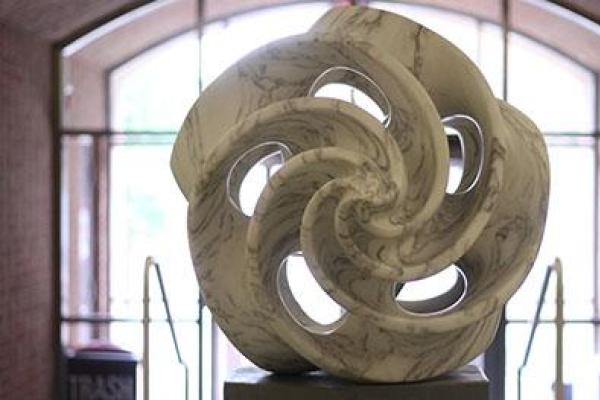
Speaker: Thomas Fai
Title: Image-based stochastic model of vesicle transport in dendritic spines
Abstract: The intricate and diverse geometries of cells play a critical role in biological fluid-structure interaction. In this study, we model vesicle transport into dendritic spines, which are micron-sized structures located at the postsynapses of neurons characterized by their thin necks and bulbous heads. We compute membrane curvature from high-resolution 3D images in order to quantify the distribution of spine morphologies, and simulate fluid dynamics within these confined geometries to capture the transport of intracellular vesicles. Upon including competing molecular motor species that push and pull on vesicles, the model exhibits multiple steady states that neurons could exploit in order to control the strength of synapses. Moreover, the small numbers of motors lead to random switching between these steady states. We describe a method that incorporates stochasticity into the model and predicts the probability and mean time of translocation as a function of spine geometry.
